Blog
Lifting Aspirations and Accessing Engineering
Added 25th May 2013
‘Lifting Aspirations’
An
interactive learning activity aimed at building annual events for the lifting
and access engineering sector.
Piloted
in 2012 with the target audience of schools, museums, science centres,
engineering festivals and sector trade shows. The project has now partnered
with ‘VertiKal Net’ the UK’s networking body for ‘Lifting and Access’
engineering. This partnership links to the sectors agencies mobilising
ambassadors and sponsors; facilitating access to engineering equipment and careers
advice.
Young people are mentored in teams by engineering ambassadors from
academic and industrial backgrounds to construct working engineering models.
Teams then compete at public venues for engineering awards from industry
partners.
In
addition to teamwork, learning outcomes include contextual understanding of engineering
principles; hydraulic systems, pulleys, gears, electromagnetism and methods of
actuation or control. Young people gain understanding of their region’s
engineering heritage, and through working with an ambassador will see
themselves as engineers of the future.
Crane Building and Crane Operating Challenges for Primary and Secondary Schools - see workshop flyer
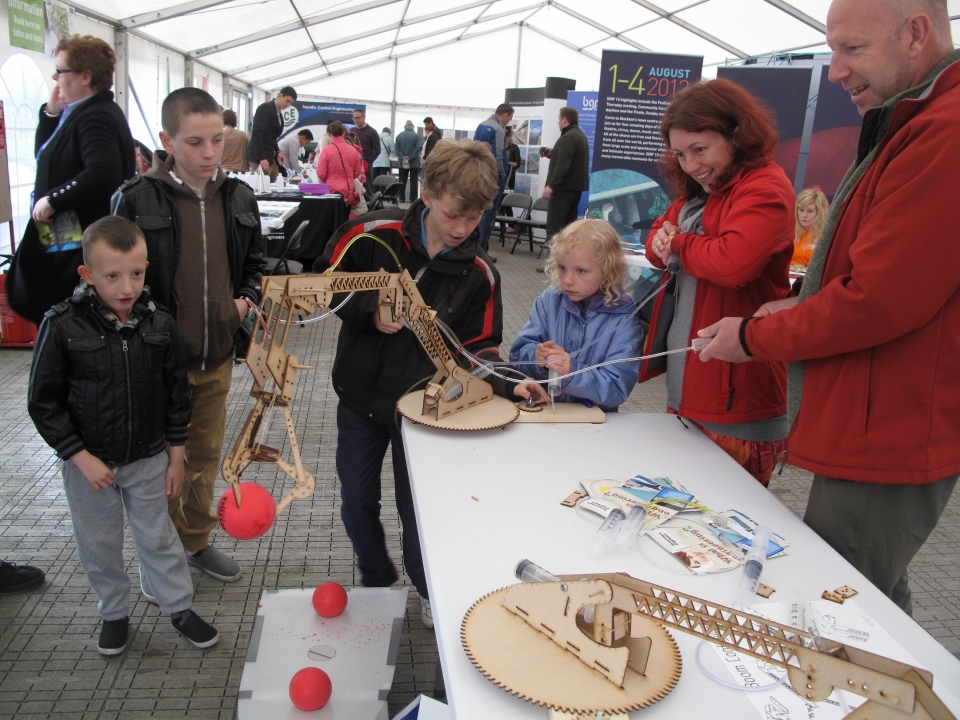
June2013- The Crane Challenge is invited to Vertikal Days the largest lifting and access event in the UK and Ireland.
June 2013 - Enginering Festival of the North East, Riveting Stuff. Engineering heritage and the Tees shipyards.
May 2013 - Schools, businesses and volunteers booked in for what will be an annual event in Bath for Primary School children to interact with people who work in the regions diverse engineering sector. Showcase crane challenge at Green Park Station
'The children are learning on so many levels. It gives them a real reason to be communicating, broadening their language and communicating using technical language. I’m really aware of the impact this is having on the children who are EAL. It’s just brilliant.' Alison Tanner Year 5 Teacher Cameley Primary School
Information for business.pdf









 Climbing Fish
Climbing Fish










Buro Happold


------------------------------------------------------------------
Bath Cranes Wars final event was held at Green Park Station Bath on 25th May 2013
The winning team

Sparrow Crane hire takes on the children's cranes
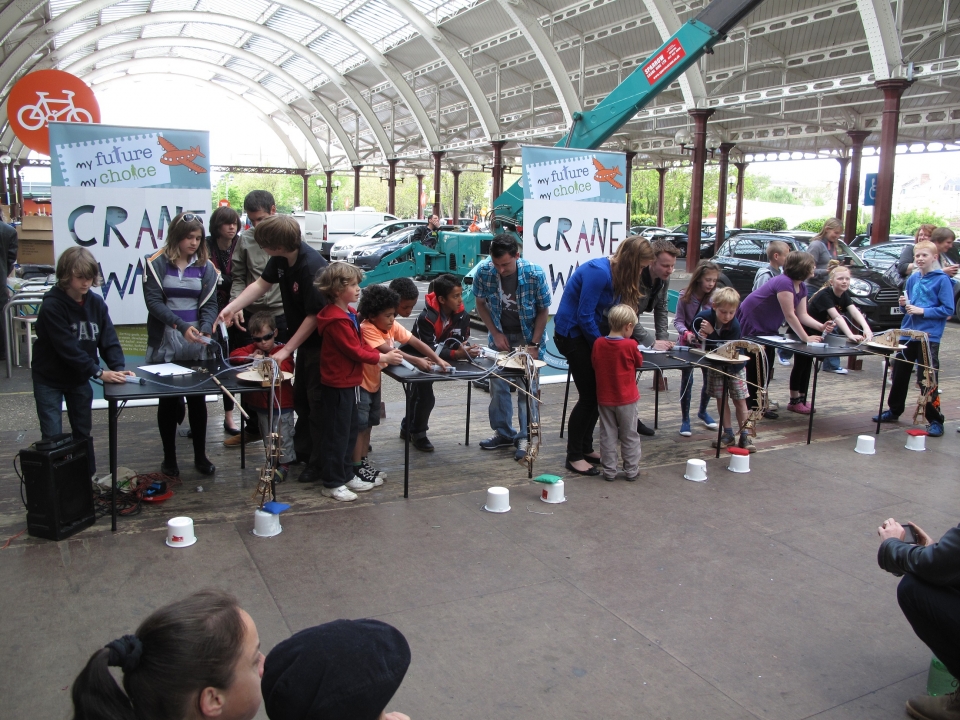
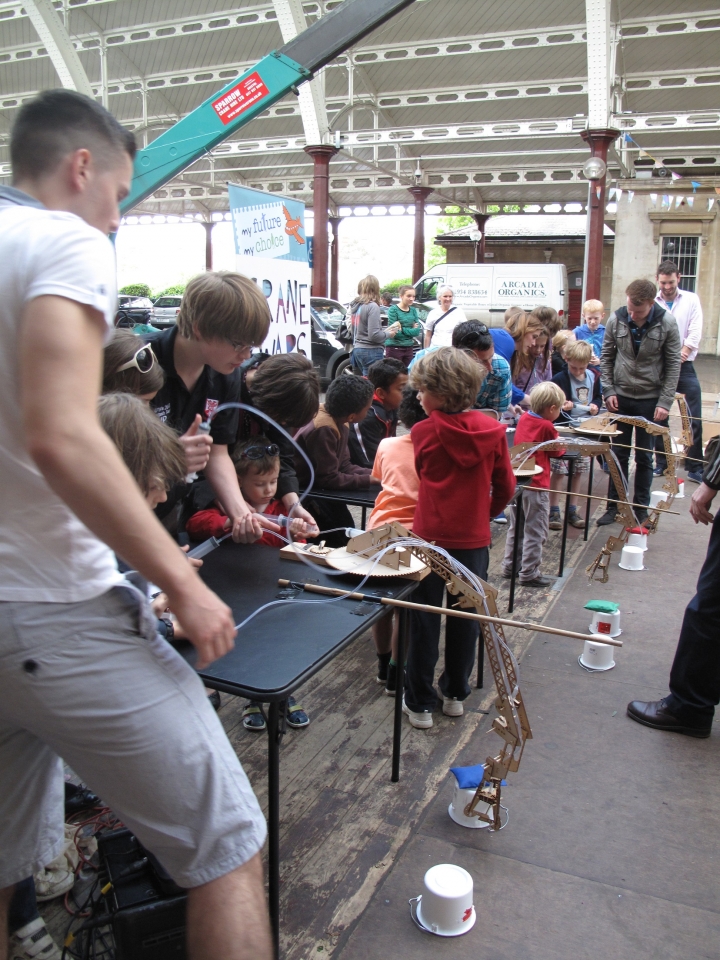
Winning time for the lift and drop task was 1 minute 46 seconds
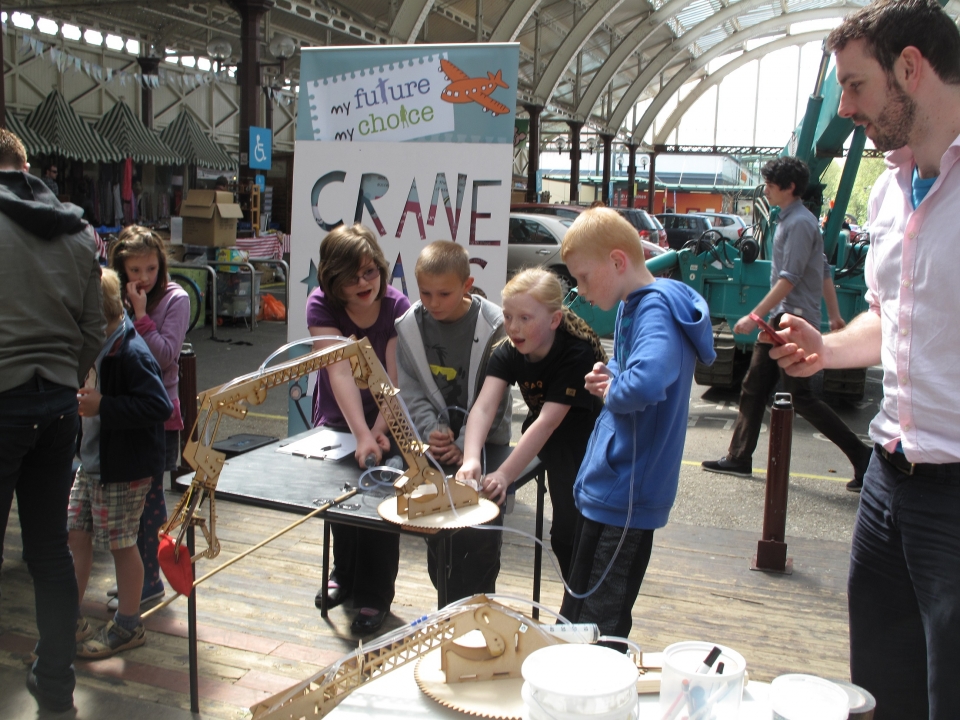
Sparrow Crane and its target
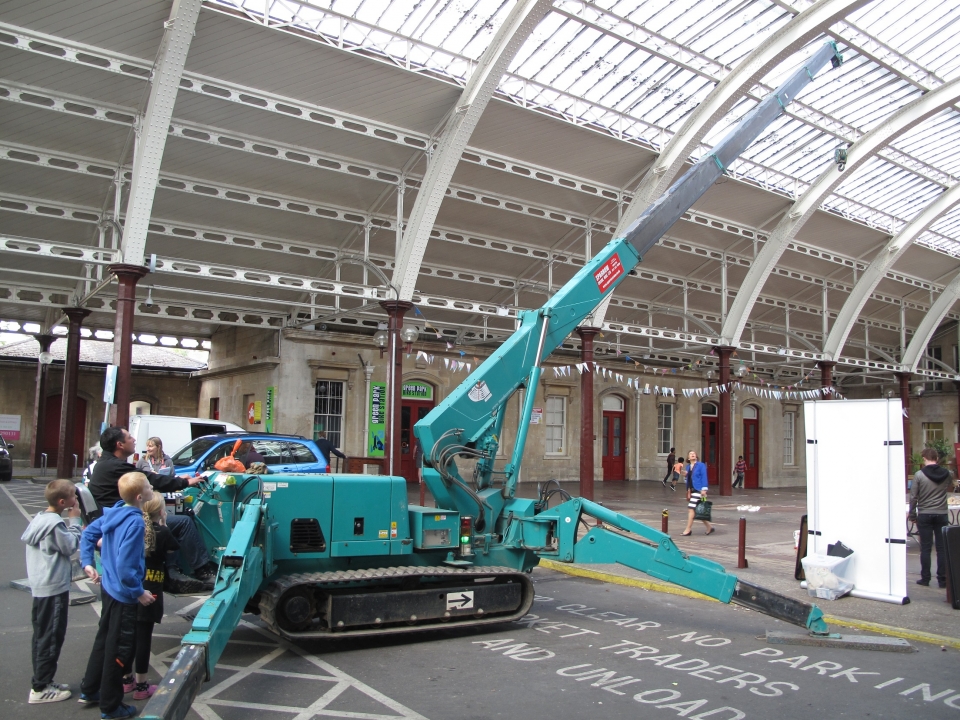
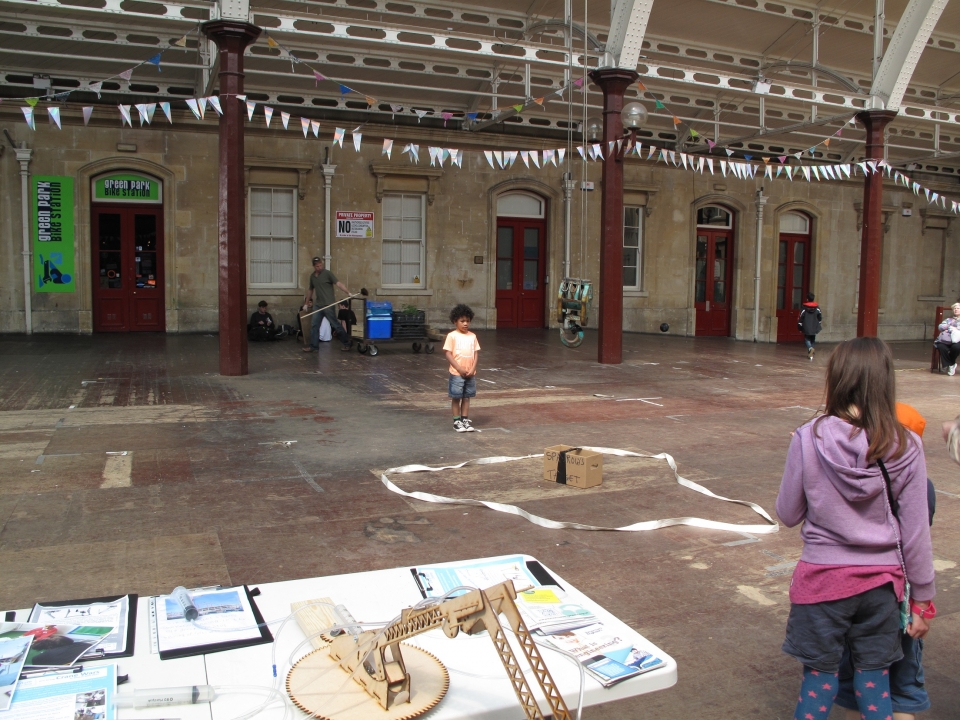
A chance to put the model cranes in context by operating a real crane
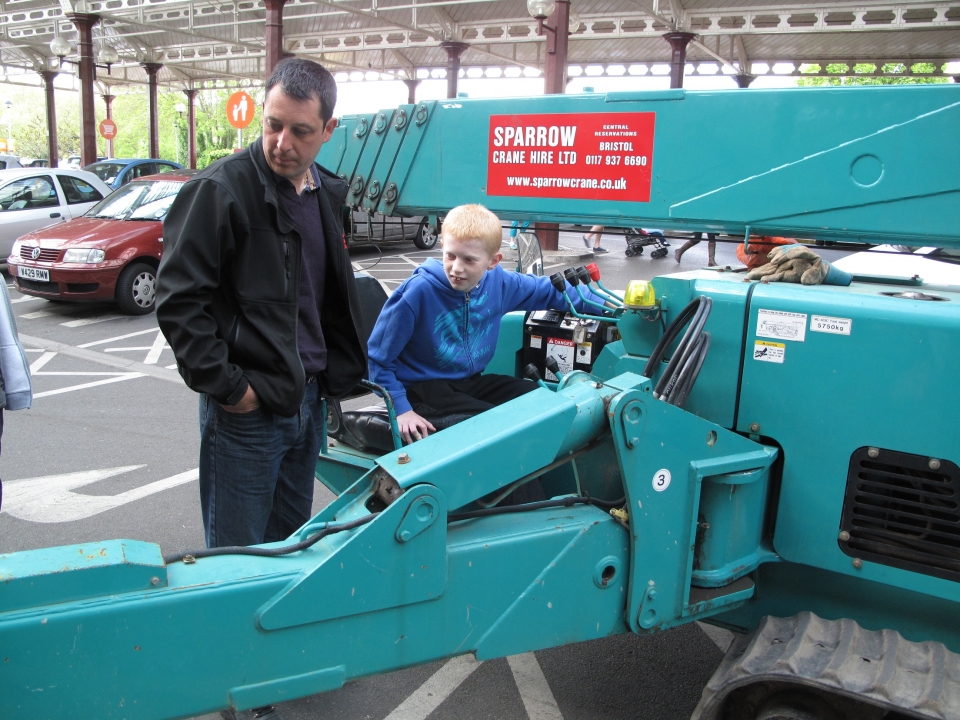







A big thank you to Glyn Griffiths and colleagues from bath University for designing the model cranes
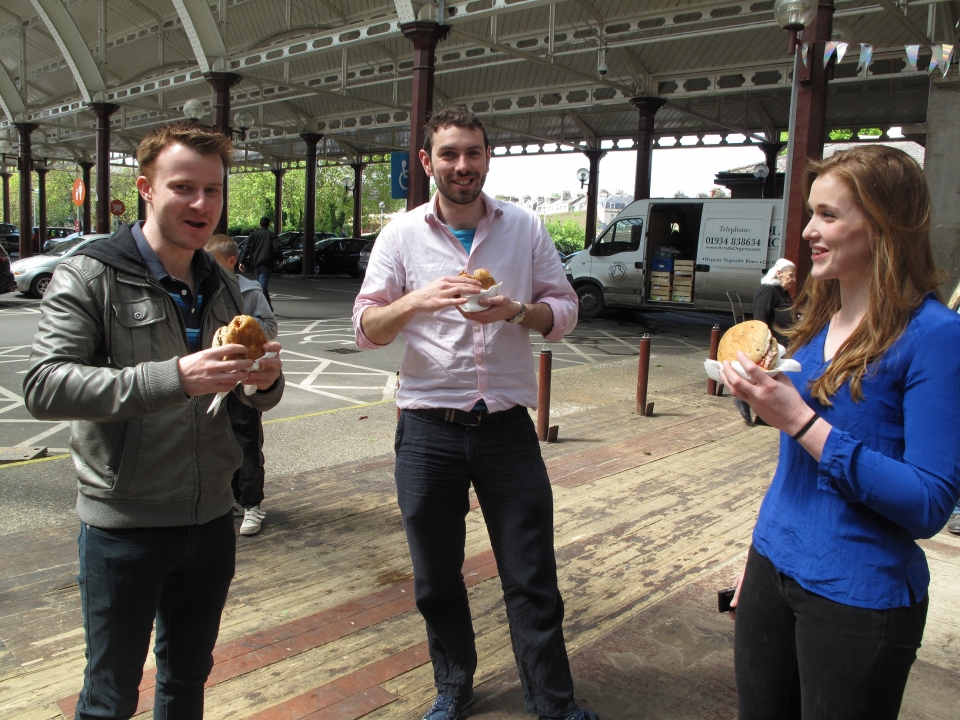
Schools Workshops May 22nd to 24th 2013-
Kit ready to go

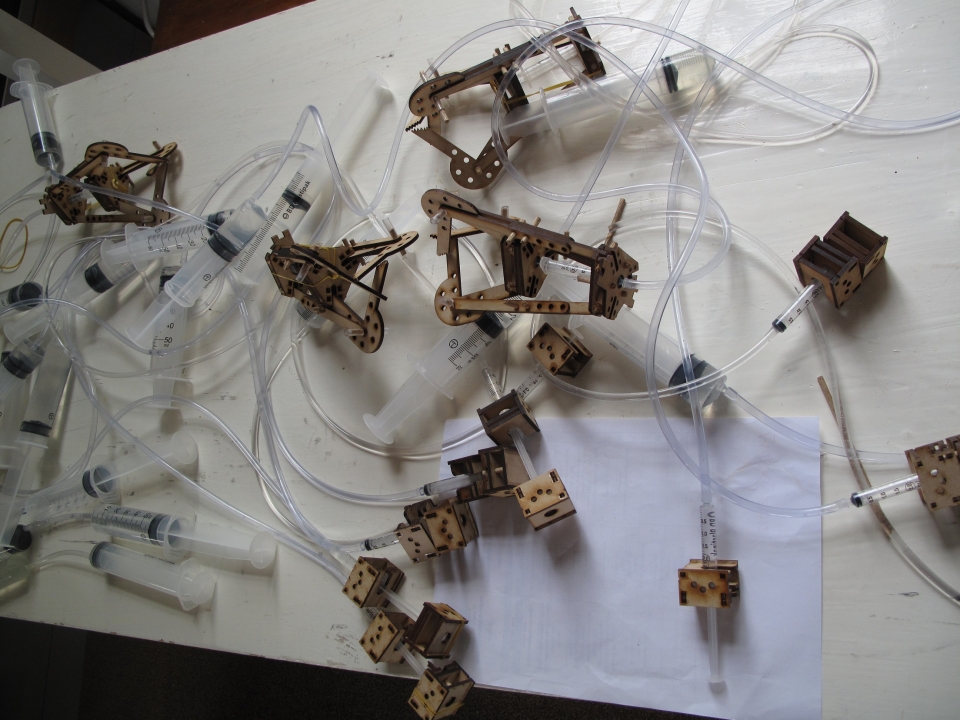
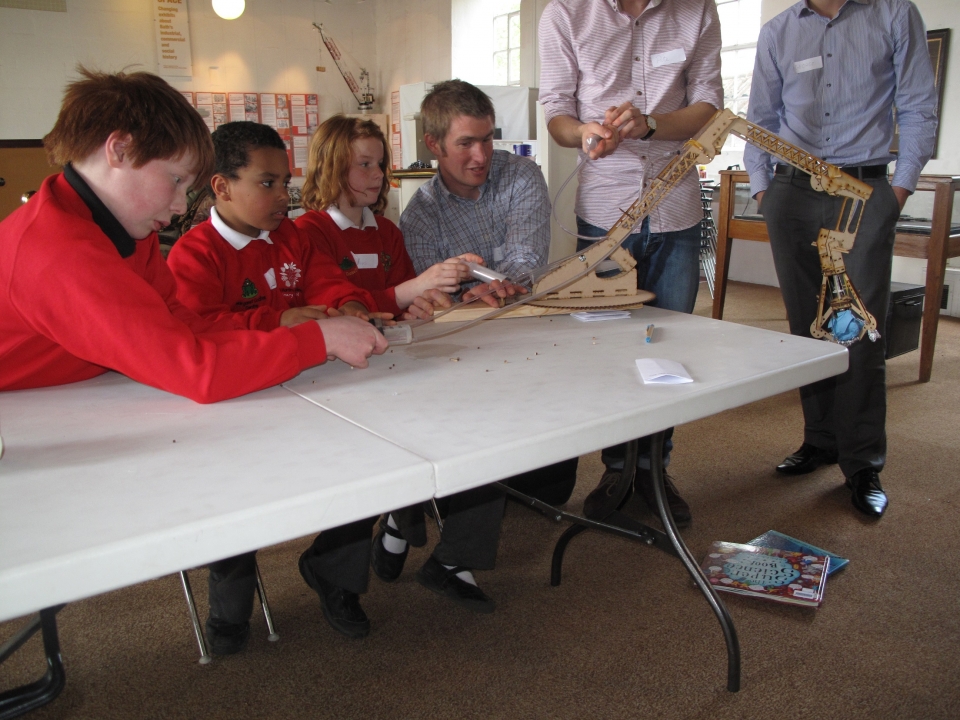
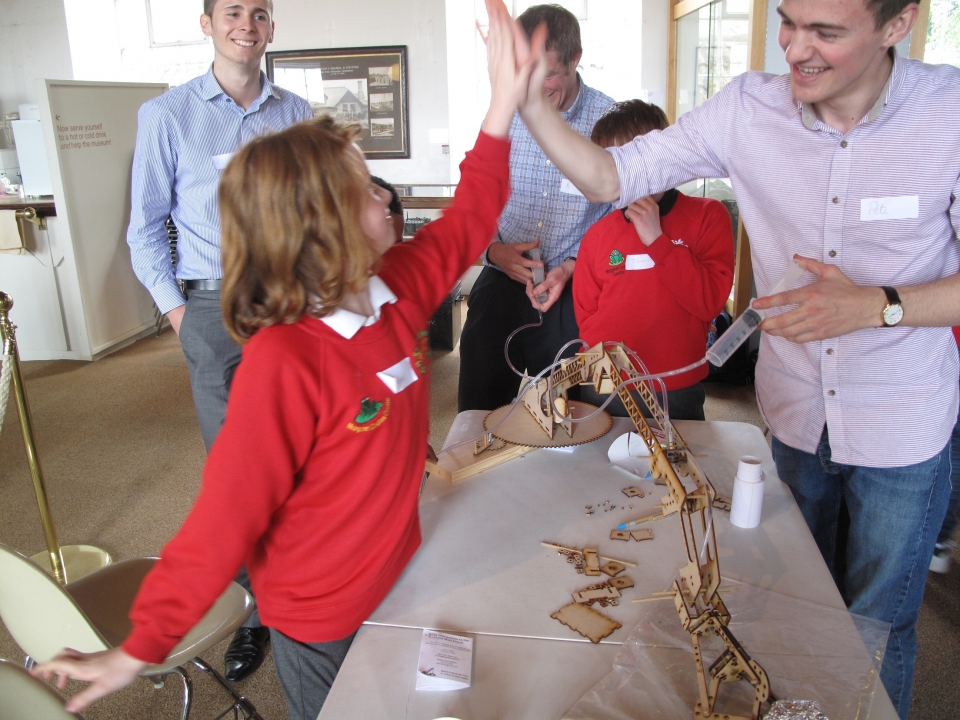
Contextualising the theory with Stuart from Sparrow Cranes -
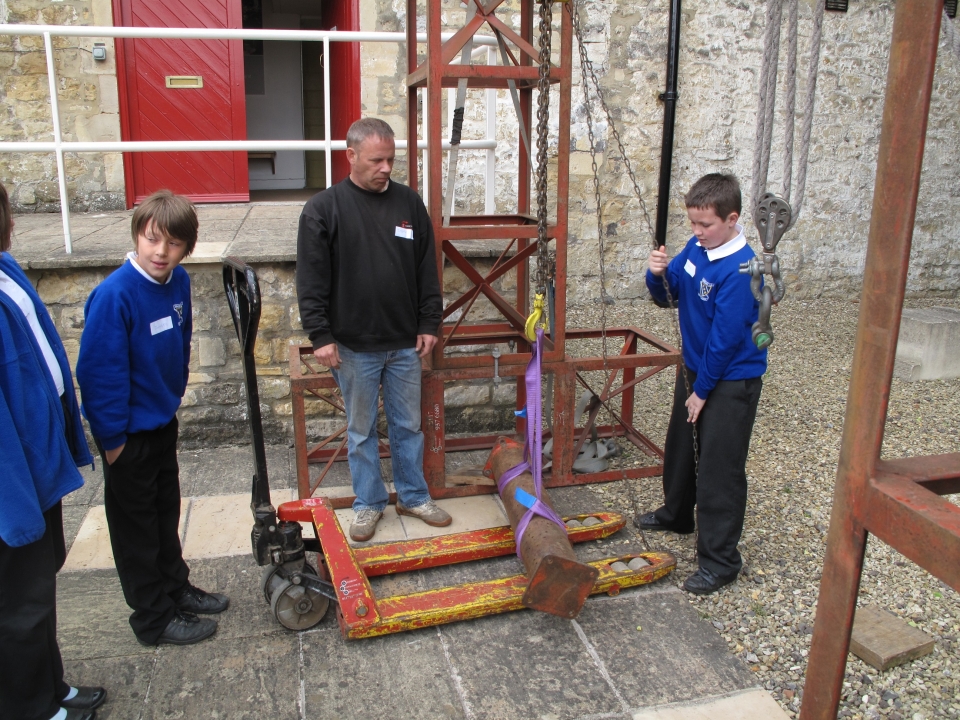

Top-Trumps Engineers - card game with 40 Engineers and scores for their job details
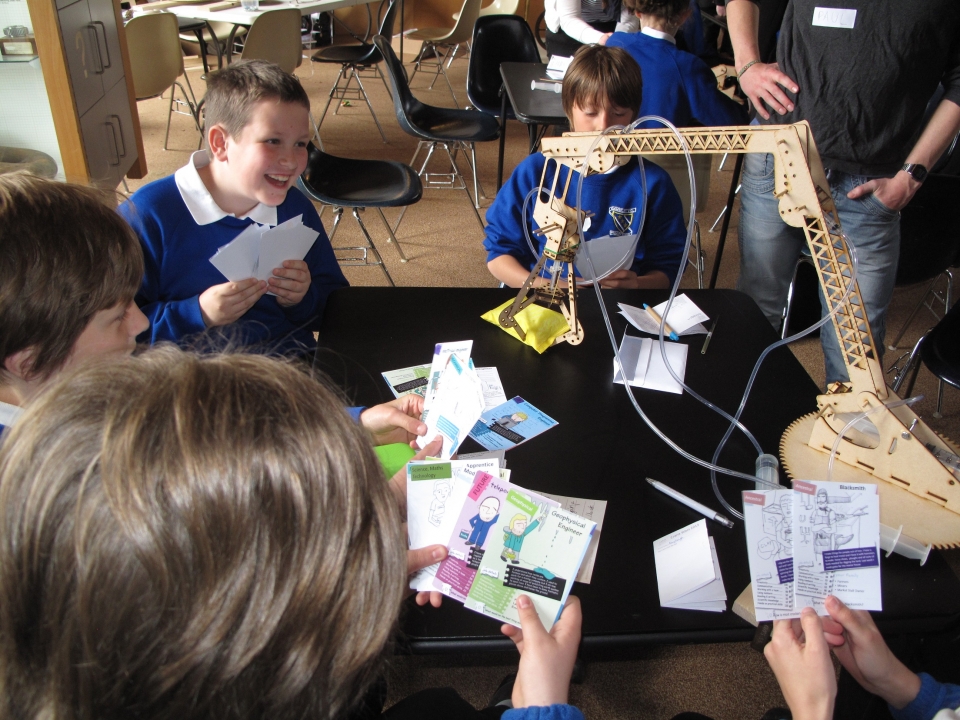
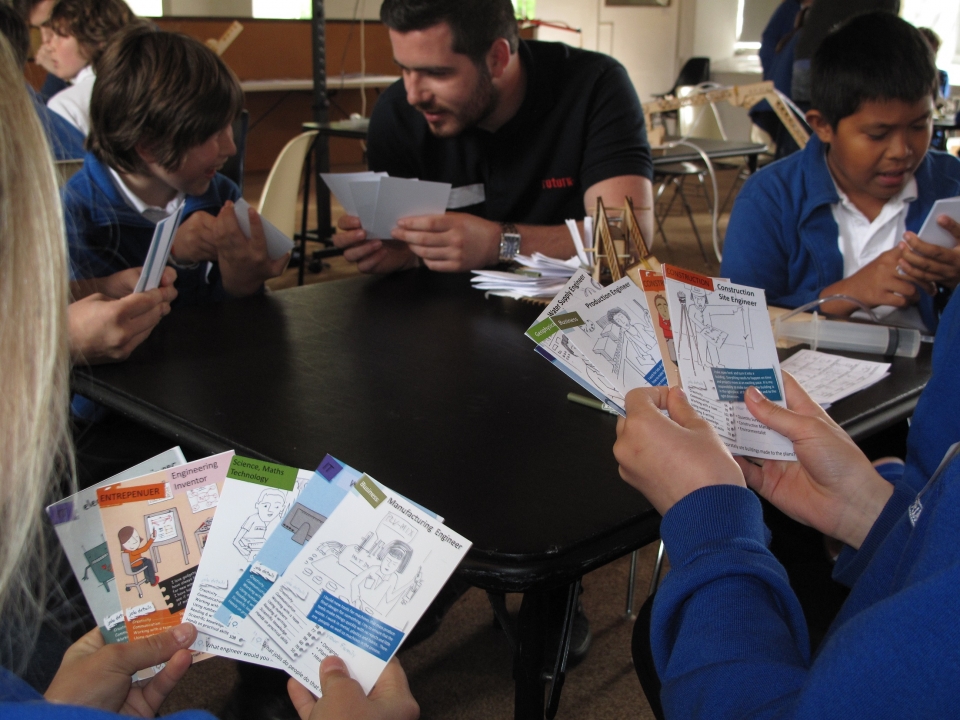
Testing


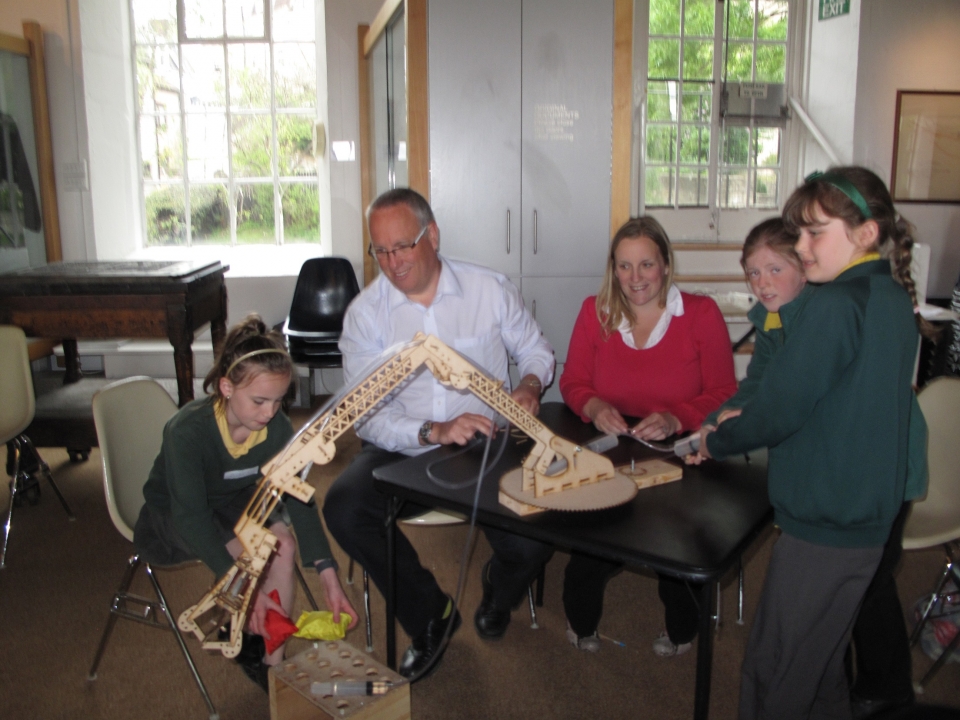
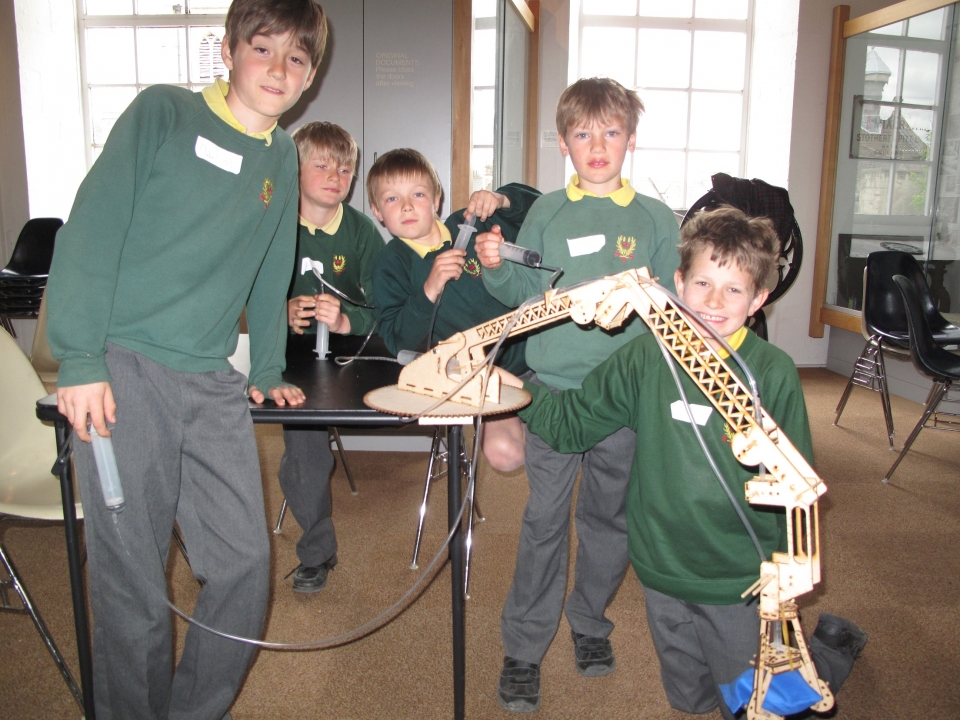

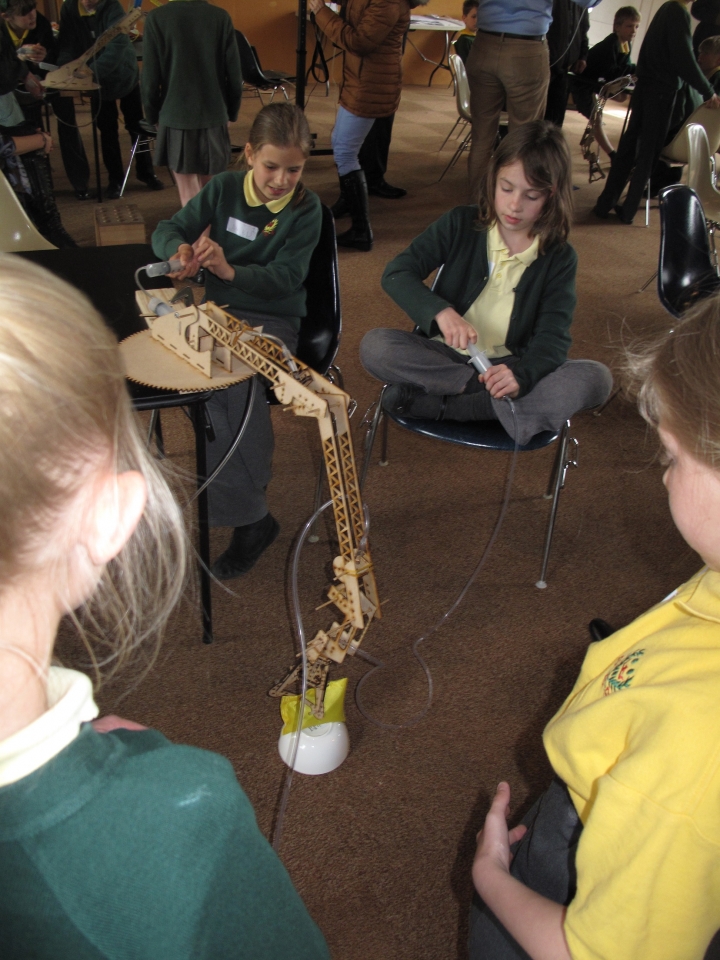
Morning briefings for volunteer engineers at the Museum of Bath at Work
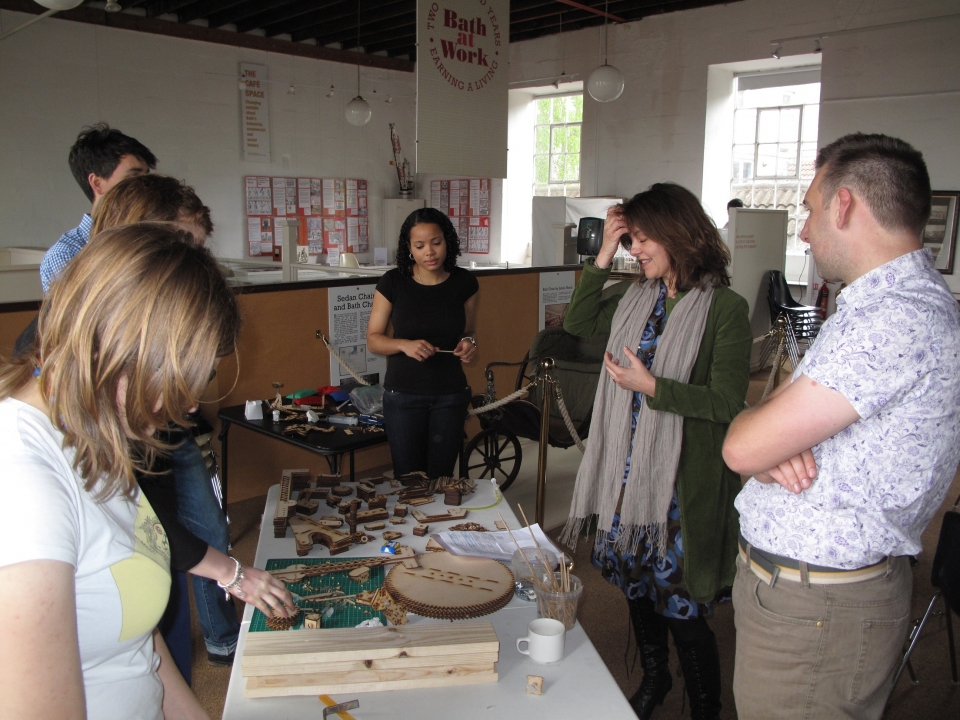
The empty crane yard at the end of each days building and testing

Testing the prototype with ten year olds April 2013-
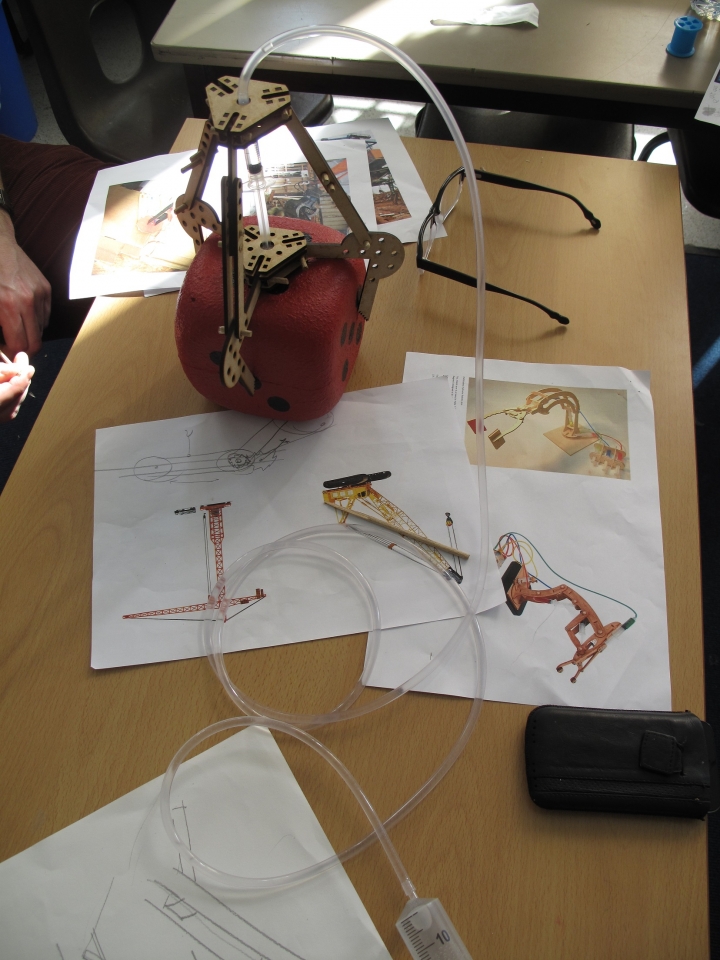
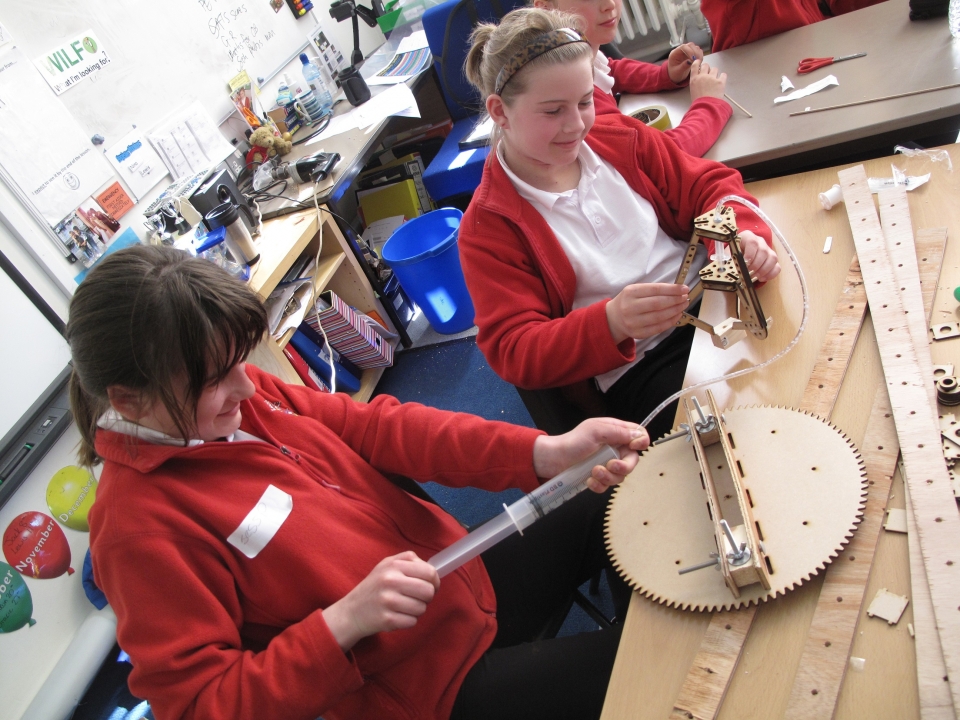

















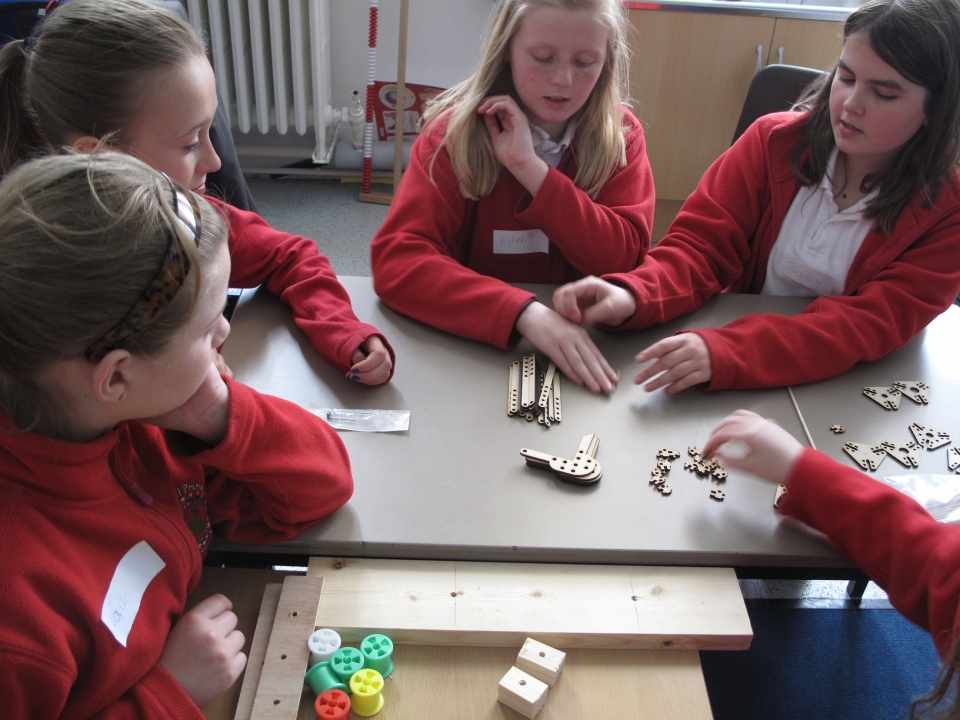
Initial design workshops with engineers March 2013
A meeting of 12 engineers to explore the museum; design and engineer practical solutions and plan how they will use these to convey the learning messages and inspire 7 to 10 year olds when they run the project in May. The initial construction and design was by Phil Rowles of UTAS (Claverham) using an Angle Poise lamp fitted out syringes and pneumatics.
1. Play with an angle poise lamp fitted out with hydraulics
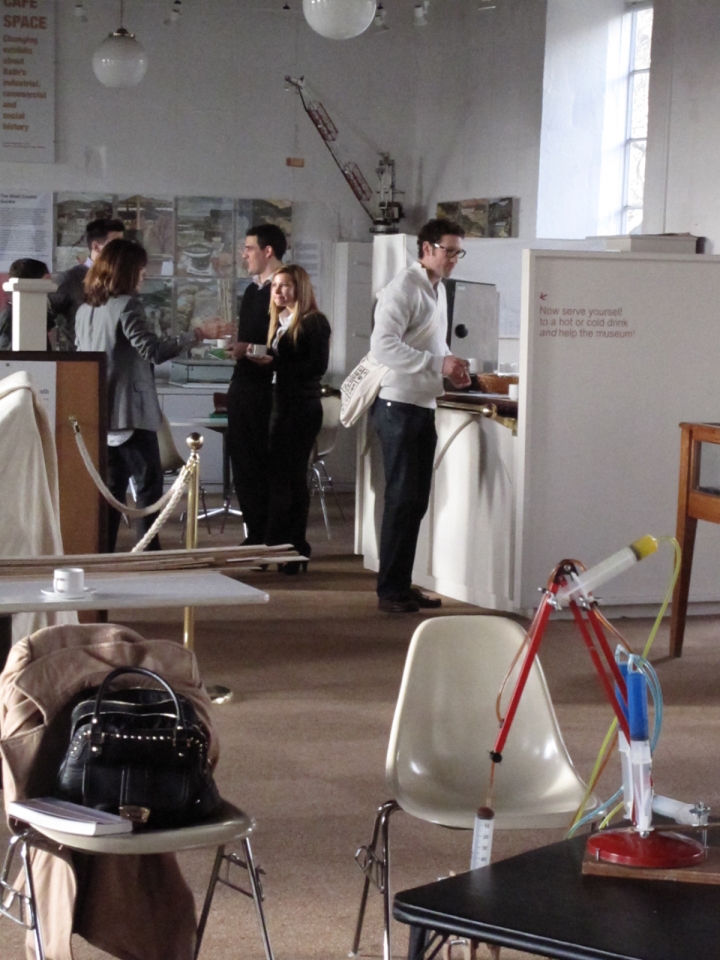
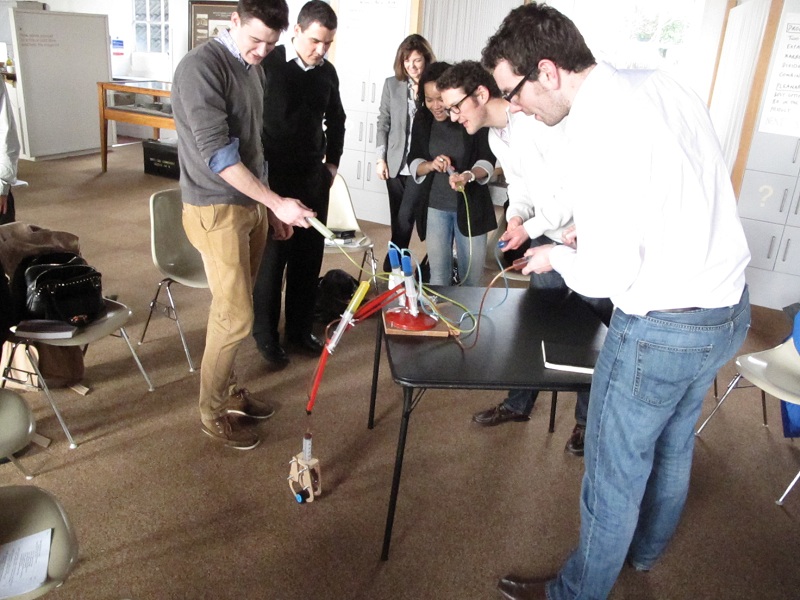
2.Explore the museum exhibits for relevant engineering principles
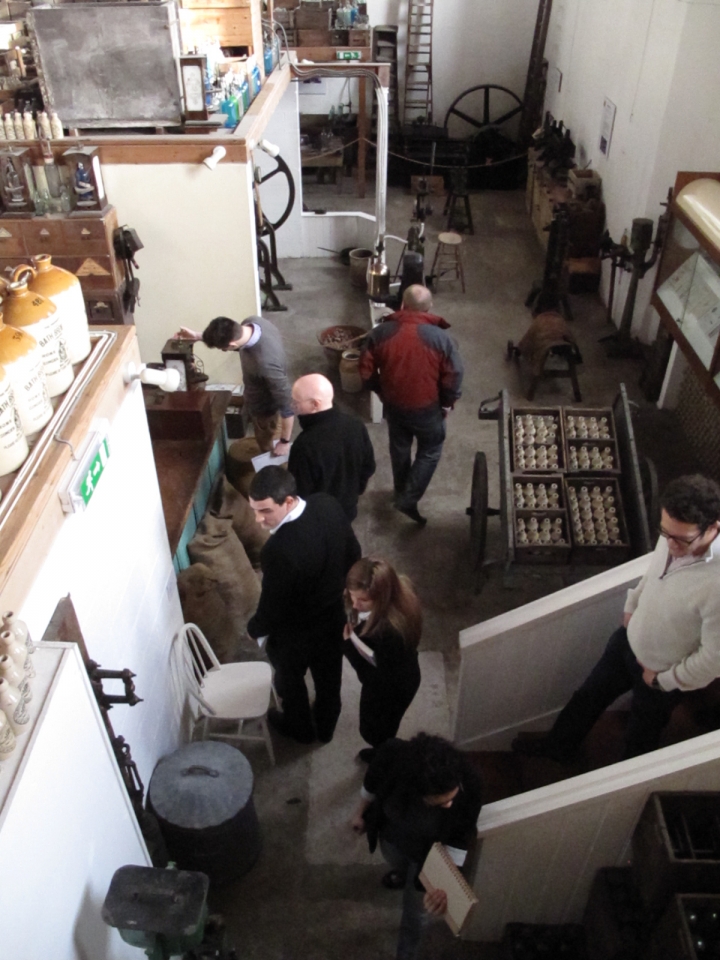
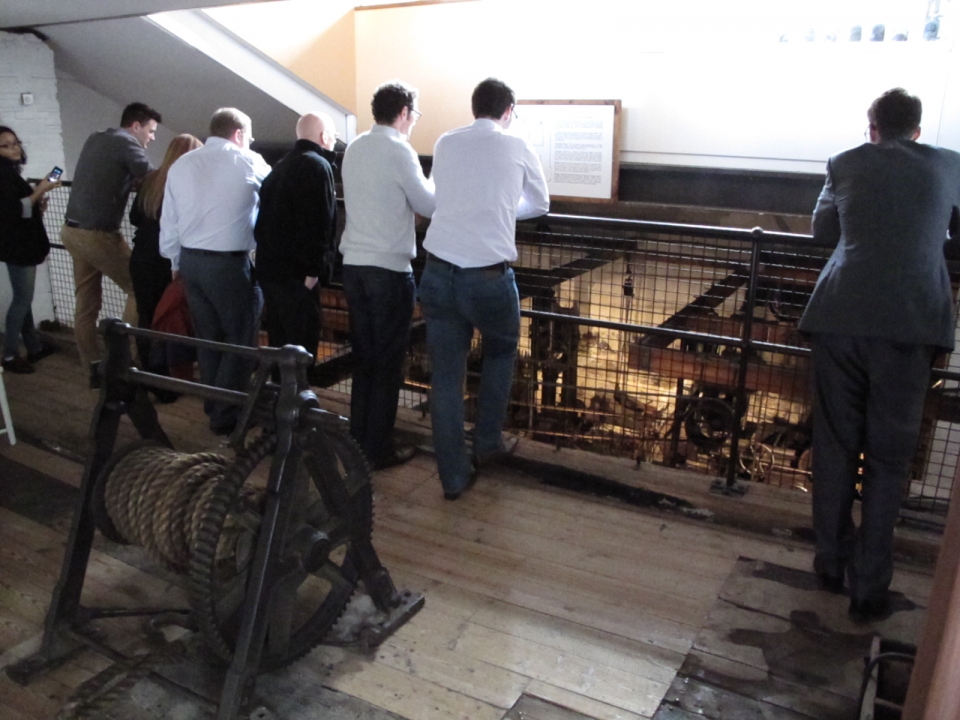
3.Design and engineer a crane to the projects criteria
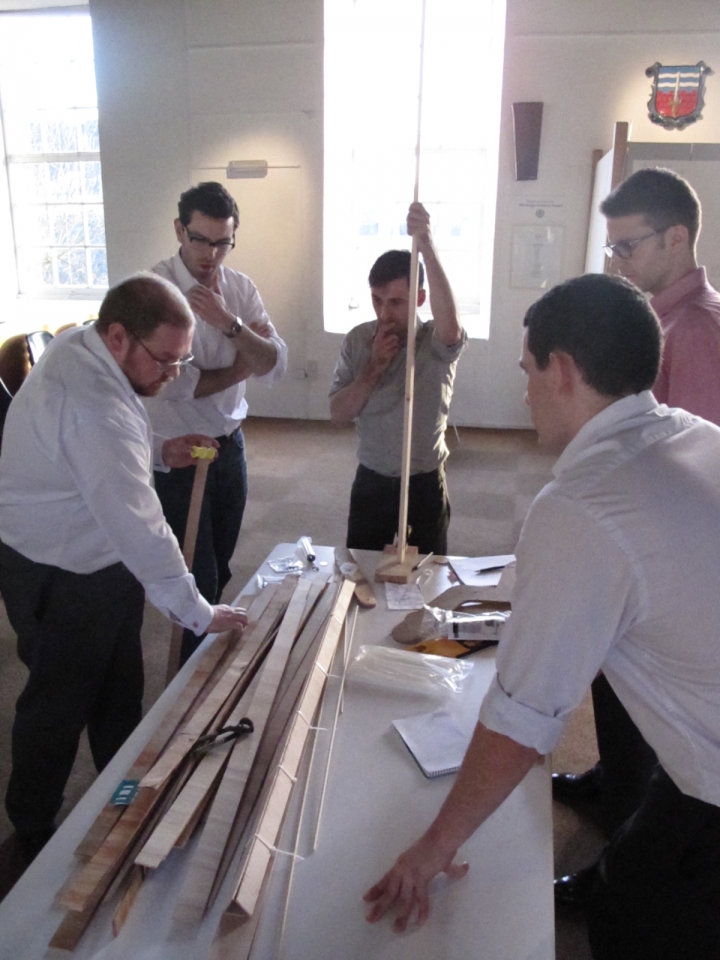
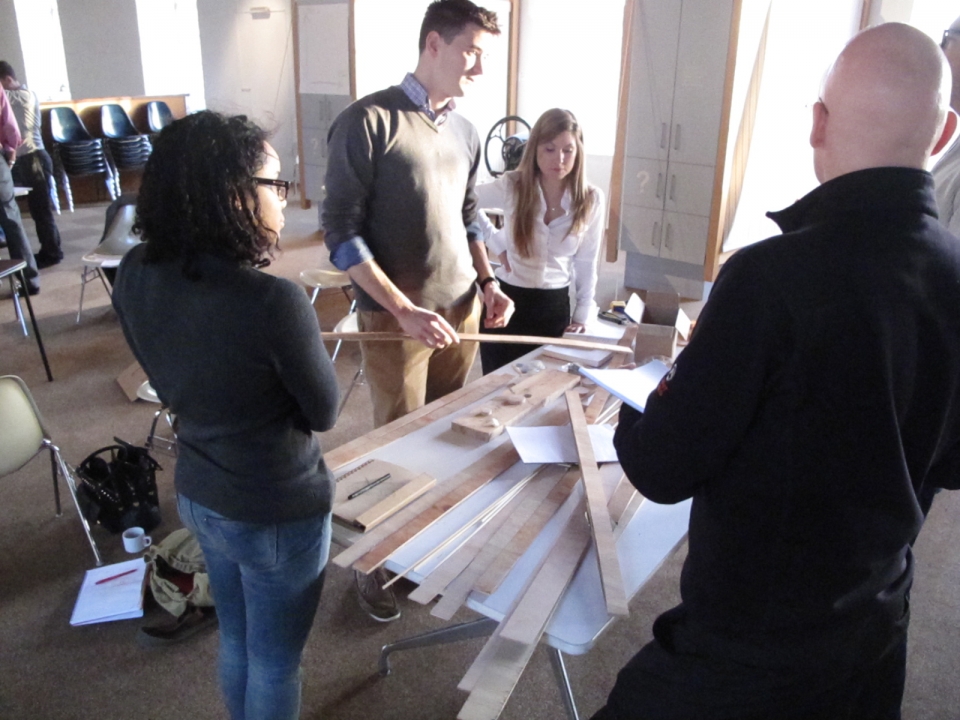

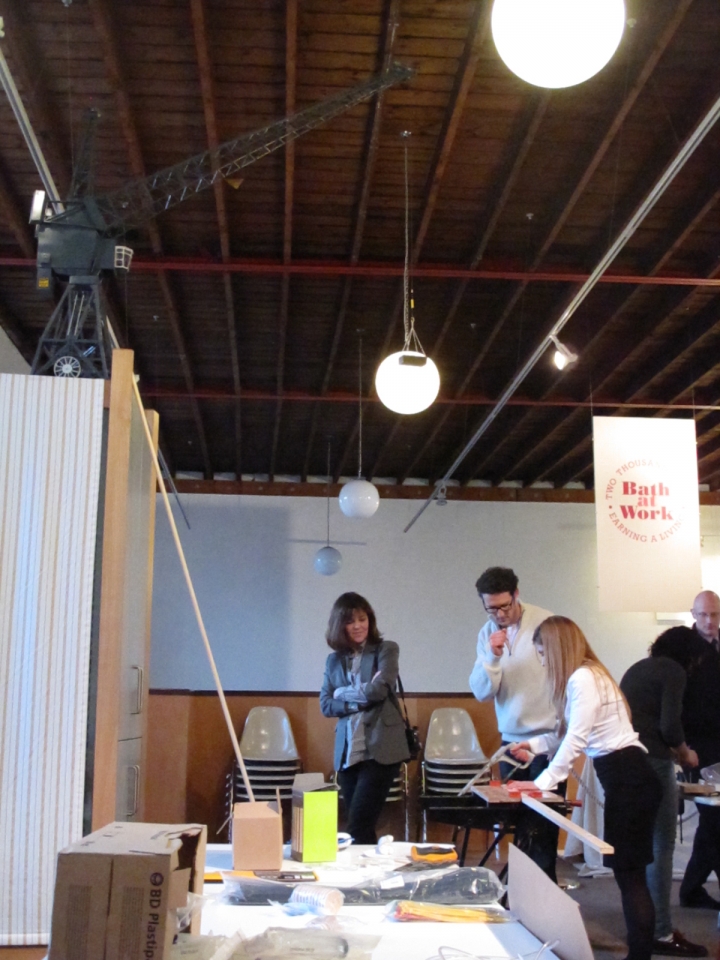

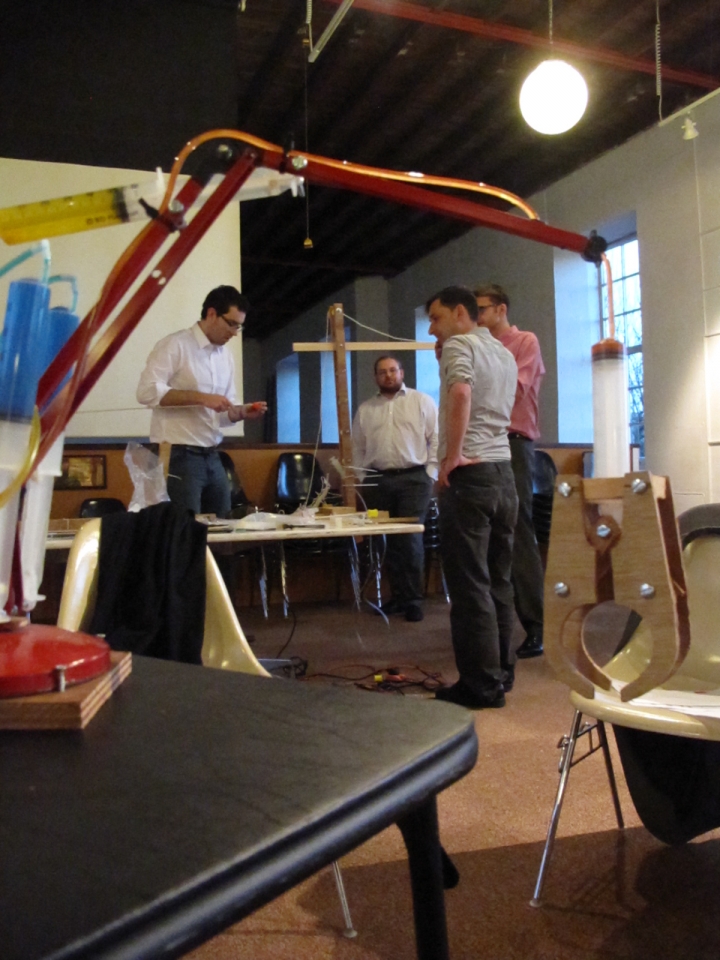
4. Test ideas and compile a list of design solutions that could be part of a kit for 10 year olds to experiment with in May










5. Glyn Griffiths from Bath University has developed pop-together components for the grabber and various other parts of the crane kit. These will allow the ten year olds to make decisions on the types of mechanisms for actuating movement as well as varying the speed and strength. He has also introduced gears as a method of actuating movement.

Next steps - Trial the kit with a sample group of 10 year olds
--------------------------------------------------------------------
Press release April 2013- Crane Wars comes to Bath
BUDDING engineers in Bath are being offered the chance to improve their skills, learn more about the city's industrial heritage and explore their future.
Primary school pupils will collaborate with experts from local businesses to design and build working cranes at the Museum of Bath at Work. Their creations will then go on show and compete for engineering awards at Green Park Station as part of the Bath Fringe Festival on the 25th May at 2pm.Teams of youngsters will compete against each other. Children will also have their work cut out to beat the mini crane from Sparrow Cranes.
Teams of children aged seven to 11 from local Primary Schools are being invited to take part in Crane Wars, a new educational programme that is intended to become an annual event. Organisers have recruited volunteer engineers from Bath and the surrounding area to support the initiative and engineering businesses and local firms are sponsoring primary schools to take part. Volunteer engineers have worked with educationalists to devise a kit of parts that push and bolt together so that teams of young people can build unique cranes that they think will win the Crane-Wars challenge. These cranes will be built during workshops held at the Museum of Bath at Work from 22nd to 24th May.
Crane Wars is run by My Future My Choice, which works with schools and volunteers to help develop “future-fit learners”. Its director Hugh Thomas said the programme's workshops would benefit the children and adults involved.
“We want to stimulate engineers to share their stories, passion and expertise in innovative ways with children and to create debate between people of all ages. We will look at the heritage of engineering in Bath and the role of engineering in the future. Children will have the chance to find out about different types of engineering jobs and how they relate to science and technology learning in schools. The Museum of Bath at Work is a great venue for this programme because it has so many artefacts from Bath's industrial past and it has a workshop space for engineers to make science learning fun.”
Crane-making is a major part of Bath's heritage. The firm Stothert and Pitt, which dates back to 1785, was one of the world’s major crane builders in the 19th and 20th centuries and even when it closed its engineering works in 1989 it employed more than 500 people. Their legacy lives on through patents and license agreements used worldwide. Engineering and metal working in Bath in its heyday employed thousands of people. It supplied products such as bedsteads, boilers, cement mixers and automobile parts and led to the invention of angle poise, adapted for use in lamps in virtually every home. Companies like Cross Manufacturing and Rotork in Bath continue the inventive engineering tradition exporting products requiring unique technical skills around the world.
For further information about Crane Wars, contact
My Future My Choice
Polly Barnes by email at polly@myfuturemychoice.co.uk or by calling 0117 3290387.
http://www.myfuturemychoice.co.uk/
Museum of Bath at Work
Stuart Burroughs by email at director@bath-at-work.org.uk or by calling 01225 318348
Bath Fringe Festival 2013
Wendy Mathews by email at wendy@bathfringe.co.uk or by calling 01225 480079
Blog Tags
- 'My Future Clubs' (3)
- Aviation (35)
- Bristol Loves Tides (21)
- Build My Future (20)
- Carboard Boat Race (1)
- Cards (8)
- careers (2)
- catch the train to my future (2)
- Citizenship (21)
- Classroom Afloat (9)
- Coaching (2)
- community (16)
- competition (16)
- Constructing and creating (98)
- consultancy (1)
- CPD (14)
- Crossing Coasts - Windrush Project (3)
- Design My School (1)
- Design solutions (12)
- DIY Energy (4)
- Documentary film making (1)
- Early Years (3)
- Engineering (100)
- Engineers (25)
- Engineers Top Trumps Pack (8)
- Entrepenuer (1)
- Exhbitions on Balmoral (2)
- Family (26)
- female engineers (29)
- Festivals (1)
- Financial Education (1)
- Goal Setting (4)
- Higher Education (9)
- Home Learning (2)
- IMechE (4)
- Ingenious (8)
- Institute of Structural Engineers (1)
- Learning Ships (31)
- Learning Ships (3)
- learning Ships (1)
- Lifting Aspirations - Accessing Engineering (20)
- Literacy (1)
- Museum (15)
- outdoors learning (14)
- parents (5)
- PHSE (17)
- Plan My Future (1)
- Power and thrust (12)
- Primary (24)
- Primary (12)
- Primary School (35)
- Reach Out My Experience (2)
- Resources (11)
- Resources - Card Game, Posters, Workbooks etc (7)
- Rocking the Boat (1)
- Science Festival (5)
- Science learning (18)
- Secondary (26)
- Secondary school (52)
- Self Belief (10)
- self evaluation (7)
- Shipping 2050 (2)
- survey (1)
- Sustainability (1)
- transition (13)
- UTC (2)
- Visioning (26)
- Volunteering (35)
- Windrush (2)
- Work Experience (23)
- Workshops (32)
- Wroughting (1)
- 'My Future Clubs' (3)
- Aviation (35)
- Bristol Loves Tides (21)
- Build My Future (20)
- Carboard Boat Race (1)
- Cards (8)
- careers (2)
- catch the train to my future (2)
- Citizenship (21)
- Classroom Afloat (9)
- Coaching (2)
- community (16)
- competition (16)
- Constructing and creating (98)
- consultancy (1)
- CPD (14)
- Crossing Coasts - Windrush Project (3)
- Design My School (1)
- Design solutions (12)
- DIY Energy (4)
- Documentary film making (1)
- Early Years (3)
- Engineering (100)
- Engineers (25)
- Engineers Top Trumps Pack (8)
- Entrepenuer (1)
- Exhbitions on Balmoral (2)
- Family (26)
- female engineers (29)
- Festivals (1)
- Financial Education (1)
- Goal Setting (4)
- Higher Education (9)
- Home Learning (2)
- IMechE (4)
- Ingenious (8)
- Institute of Structural Engineers (1)
- Learning Ships (31)
- Learning Ships (3)
- learning Ships (1)
- Lifting Aspirations - Accessing Engineering (20)
- Literacy (1)
- Museum (15)
- outdoors learning (14)
- parents (5)
- PHSE (17)
- Plan My Future (1)
- Power and thrust (12)
- Primary (24)
- Primary (12)
- Primary School (35)
- Reach Out My Experience (2)
- Resources (11)
- Resources - Card Game, Posters, Workbooks etc (7)
- Rocking the Boat (1)
- Science Festival (5)
- Science learning (18)
- Secondary (26)
- Secondary school (52)
- Self Belief (10)
- self evaluation (7)
- Shipping 2050 (2)
- survey (1)
- Sustainability (1)
- transition (13)
- UTC (2)
- Visioning (26)
- Volunteering (35)
- Windrush (2)
- Work Experience (23)
- Workshops (32)
- Wroughting (1)
Blog Archives
- September 2025 (2)
- August 2025 (1)
- July 2025 (4)
- April 2025 (3)
- November 2024 (3)
- October 2024 (3)
- September 2024 (3)
- August 2024 (2)
- July 2024 (2)
- May 2024 (2)
- January 2024 (1)
- December 2023 (4)
- October 2023 (2)
- August 2023 (2)
- July 2023 (2)
- June 2023 (1)
- May 2023 (1)
- April 2023 (1)
- March 2023 (2)
- February 2023 (1)
- January 2023 (1)
- November 2022 (1)
- September 2022 (2)
- August 2022 (1)
- July 2022 (4)
- April 2022 (1)
- March 2022 (1)
- December 2021 (1)
- October 2021 (2)
- September 2021 (5)
- July 2021 (2)
- June 2021 (1)
- May 2021 (3)
- April 2021 (1)
- March 2021 (2)
- February 2021 (2)
- December 2020 (2)
- November 2020 (1)
- October 2020 (5)
- August 2020 (1)
- July 2020 (1)
- June 2020 (1)
- May 2020 (2)
- April 2020 (2)
- January 2020 (1)
- December 2019 (2)
- November 2019 (2)
- September 2019 (2)
- August 2019 (2)
- July 2019 (3)
- June 2019 (5)
- May 2019 (4)
- April 2019 (2)
- March 2019 (1)
- December 2018 (1)
- November 2018 (2)
- October 2018 (7)
- September 2018 (2)
- August 2018 (1)
- July 2018 (5)
- June 2018 (2)
- May 2018 (3)
- April 2018 (1)
- March 2018 (5)
- February 2018 (3)
- November 2017 (2)
- October 2017 (1)
- August 2017 (1)
- July 2017 (6)
- May 2017 (2)
- April 2017 (2)
- March 2017 (2)
- February 2017 (1)
- January 2017 (2)
- December 2016 (3)
- November 2016 (6)
- August 2016 (3)
- July 2016 (4)
- June 2016 (1)
- May 2016 (1)
- March 2016 (3)
- February 2016 (1)
- December 2015 (2)
- November 2015 (3)
- October 2015 (1)
- September 2015 (1)
- August 2015 (1)
- July 2015 (5)
- May 2015 (3)
- April 2015 (2)
- March 2015 (3)
- February 2015 (1)
- January 2015 (2)
- December 2014 (2)
- November 2014 (6)
- October 2014 (1)
- September 2014 (3)
- August 2014 (1)
- July 2014 (3)
- June 2014 (1)
- May 2014 (2)
- April 2014 (1)
- March 2014 (3)
- February 2014 (2)
- January 2014 (3)
- December 2013 (6)
- November 2013 (4)
- October 2013 (3)
- September 2013 (1)
- August 2013 (4)
- July 2013 (4)
- June 2013 (2)
- May 2013 (1)
- April 2013 (1)
- March 2013 (2)
- January 2013 (1)
- December 2012 (2)
- October 2012 (3)
- September 2012 (2)
- August 2012 (1)
- July 2012 (6)
- May 2012 (3)
- April 2012 (2)
- March 2012 (1)
- February 2012 (4)
- January 2012 (4)
- November 2011 (2)
- October 2011 (2)
- September 2011 (7)
- August 2011 (2)
- November -0001 (1)